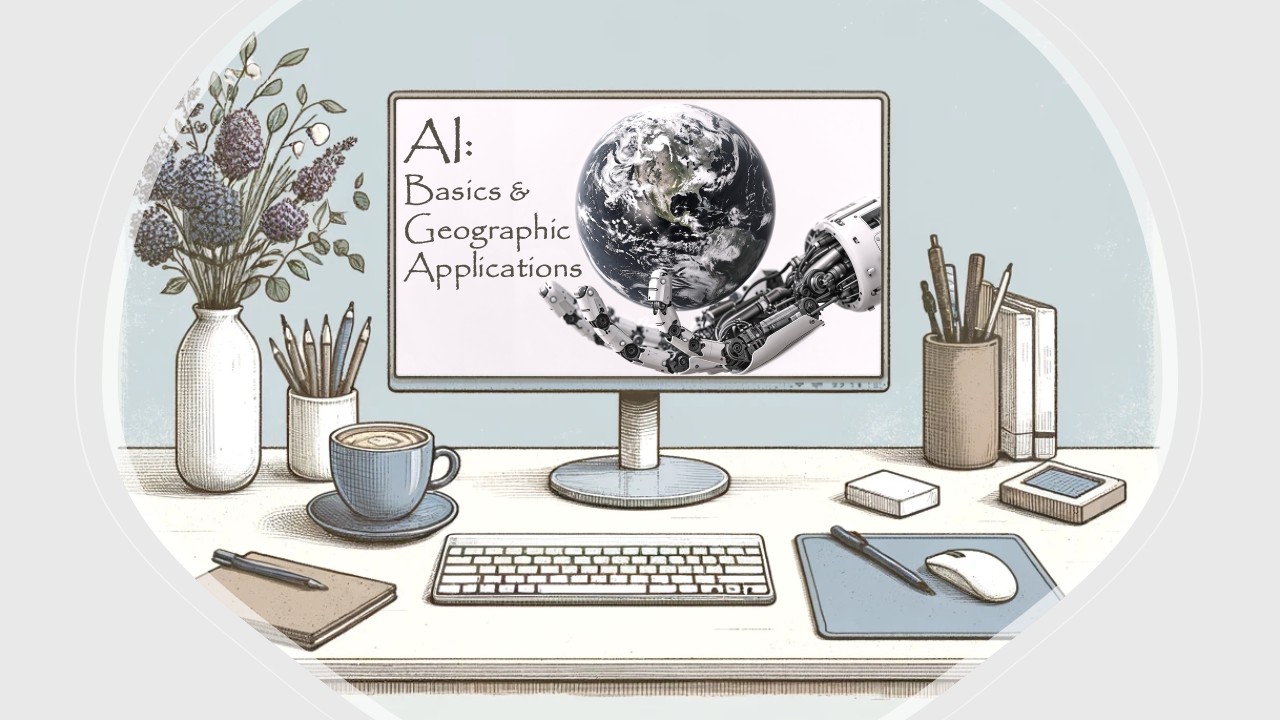Artificial Intelligence Basics and Geographical Applications
NFDI4EarthXRUB

About This Course
“Artificial Intelligence: Basics and Geographical Applications” is the second, advanced-level chapter in the EduPilot series and follows “Python: Basics for Artificial Intelligence.” Through concise screencasts and hands-on Jupyter notebooks you will learn how to apply state-of-the-art machine-learning and deep-learning techniques to real-world vector and raster data from Earth-observation and GIS. Practical examples cover Random Forests, fully connected neural networks, convolutional and recurrent architectures, as well as complete end-to-end GeoAI pipelines (Access this course on GitLab).
Level
Intermediate, Advanced
Requirements
Successful completion of “Python: Basics for Artificial Intelligence”, Moderately powerful computer
Subject Area
Artificial Intelligence, Machine Learning
What You Will Learn
- Random Forest Iris Classification
- Random Forest Regression
- Neural Networks Theory
- Neural Networks Keras
- ANN SoilSealing Classification
- HandsOn Iris MultiClass
- CNN Ship Detection Model
- CNN Ship Detection Inference
- LSTM Weather Prediction
Resources
EduPilot "Artificial intelligence – basics and geographical applications" by Torben Dedring, Lars Tum, Andreas Rienow
